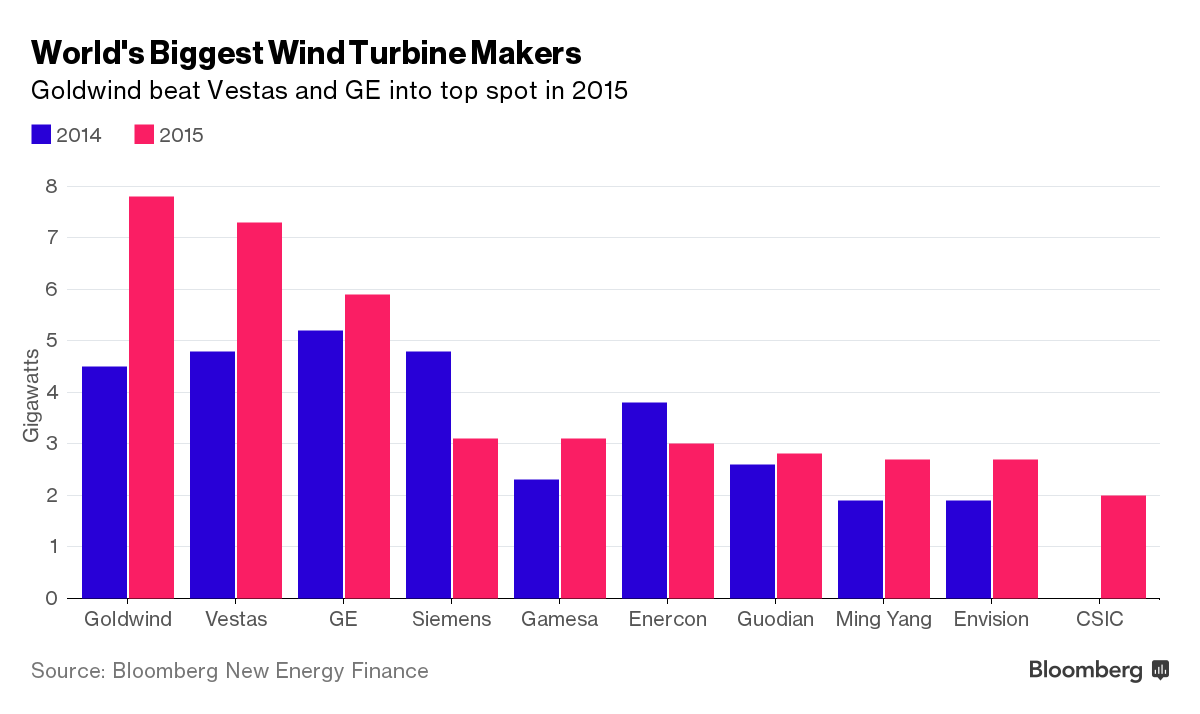Accuracy of anemometers plays an important role in wind resource assessment, specifically in the uncertainty associated with the energy calculations. Higher accuracy anemometers should therefore be preferred for measurement. The additional cost is usually worth the investment. Getting a little technical, the P75 and P90 energy estimates will be higher if you use higher accuracy anemometers, which means higher likelihood of getting a project financed.
Accuracy of anemometers is measured in wind tunnels using IEC 61400-12-1 standards. There are three classes of terrain:
- Class A: Flat terrain
- Class B: Complex terrain--mountainous terrain
- Class S: Special terrain--peculiar terrain that does not fit A or B
The classification of an anemometer is stated in terms of 3 numbers, for instance: Class 0.9A, Class 3.0B and Class 0.5S. In this example, the anemometer has a maximum deviation of +/- 0.9% in measurement error in flat terrain, +/-3% in complex terrain and +/-0.5% in special terrain.
Here is a comparison of the popular anemometers in the market:
- Thies first class advanced: Class 0.9A, Class 3.0B and Class 0.5S
- Risoe Windsensor P2546-OPR: Class 1.32A, Class 3.71B
- Thies first class: Class 1.5A, Class 2.9B
- Vector L100: Class 1.8A, Class 4.5B
- RNRG Class 1: Class 1.01A, Class 8.44B
- Vaisala WAA151: Class 1.7A, Class 11.1B
- RNRG 40C: Class 2.4A, Class 7.7B
For more details see Wind Energy Engineering, Ammonit website and NRG Systems website.



